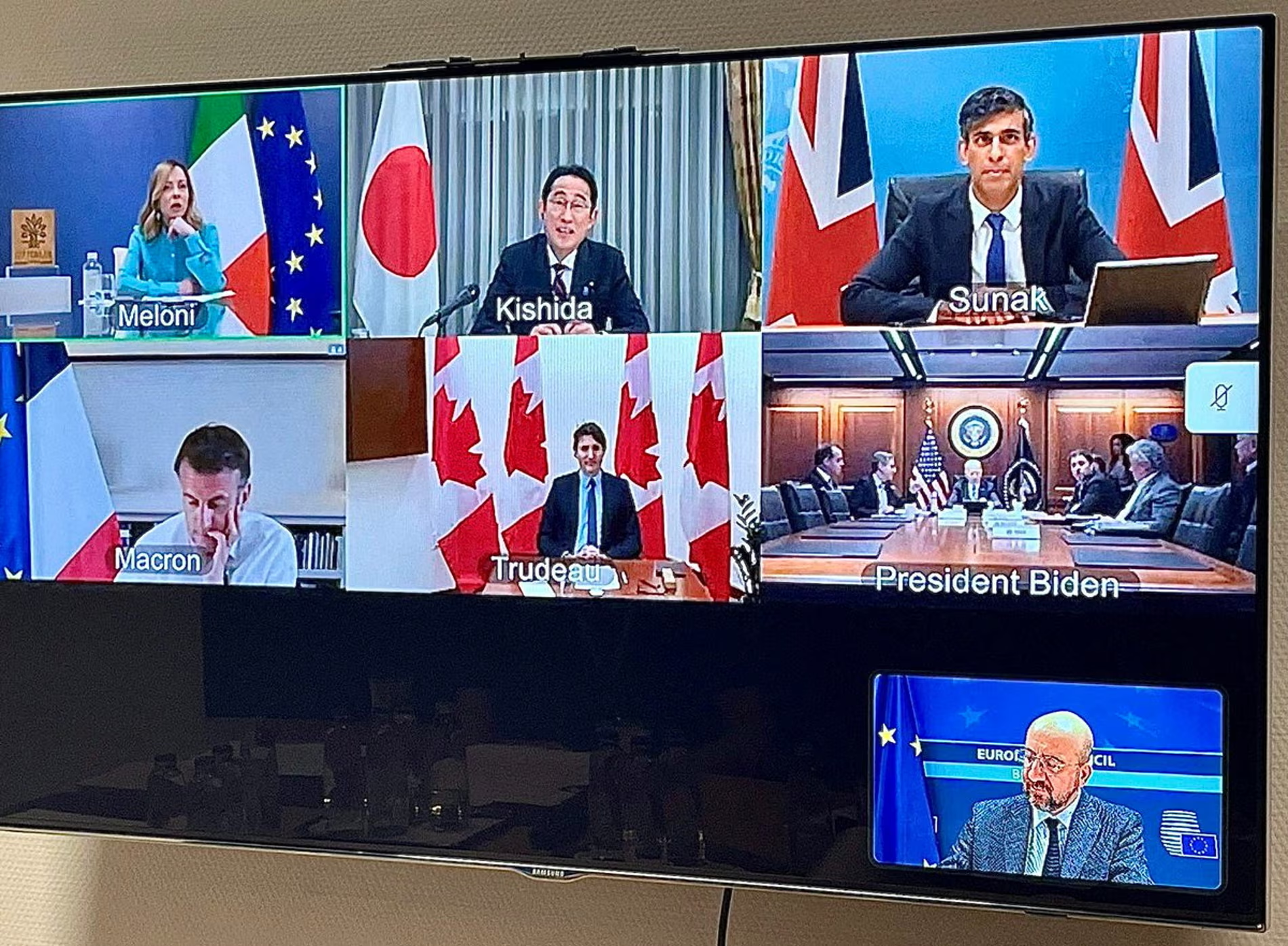World News
Canada Plans To Cut Temporary Foreign Worker Intake Amid Housing And Service Demands

Canada has announced plans to reduce the intake of temporary foreign workers over the next three years.
Naija News reports that officials unveiled the move on Thursday.
It aims to reduce the number of temporary residents to five per cent of the national population, a reduction from the current 6.2 per cent, which equates to 2.5 million people.
This decision comes as some Canadian provinces have expressed concerns over the strain on housing and public services due to the influx of migrants.
The federal government is set to solidify these targets following consultations with the provinces, signaling a coordinated effort to address the challenges posed by high immigration levels.
Starting May 1, Ottawa will impose restrictions on temporary foreign worker permits, part of a broader initiative to manage the country’s immigration system more sustainably.
This strategy also includes limiting new permits for international students and introducing visa requirements for some Mexican travellers.
Immigration Minister Marc Miller, addressing a news conference, highlighted the surge in temporary residents in recent years, attributing it to various factors including the global increase in international students, the need for foreign workers to fill job vacancies, and the influx of individuals fleeing wars and natural disasters.
However, with Canada’s job market now facing tighter conditions and population growth outstripping job creation, adjustments to the immigration system have become imperative.
According to recent government data, job vacancies in Canada experienced a 3.6 percent decline to 678,500 in the final quarter of 2023, continuing a downward trend from a peak of 983,600 in the second quarter of 2022.
“Changes are needed to make the system more efficient and more sustainable,” stated Miller, underscoring the necessity of the new measures.
Employment Minister, Randy Boissonnault encouraged employers to prioritize hiring refugees over seeking temporary foreign workers.
Additionally, businesses previously permitted to have up to 30 per cent of their workforce composed of temporary foreign workers will have to reduce this proportion to 20 per cent, with exceptions made for the healthcare and construction sectors.
As part of the reform, Miller has directed Canada’s immigration department to review existing programs that facilitate the entry of temporary laborers.
The aim is to realign these programs with the nation’s labor market needs and eliminate any abuses, marking a comprehensive approach to managing immigration in the face of evolving economic and social landscapes.









